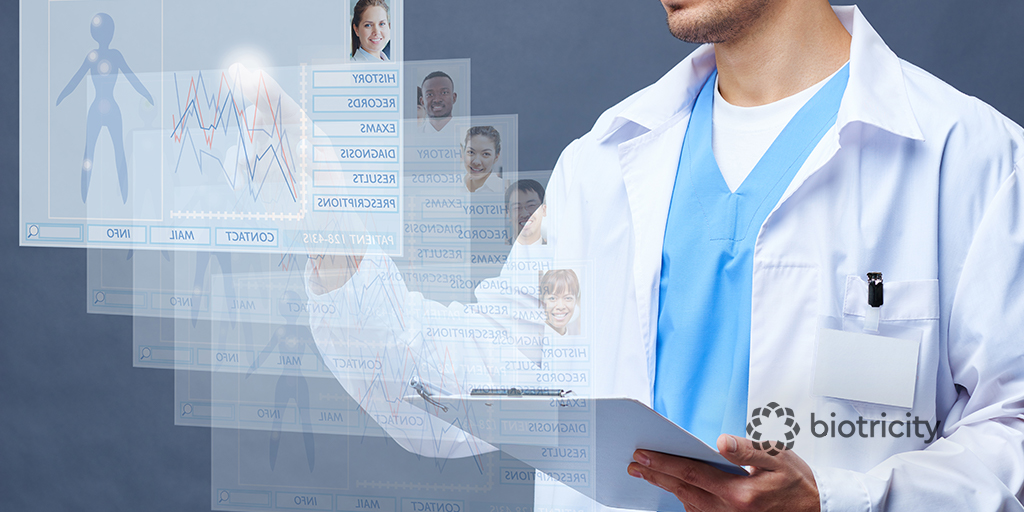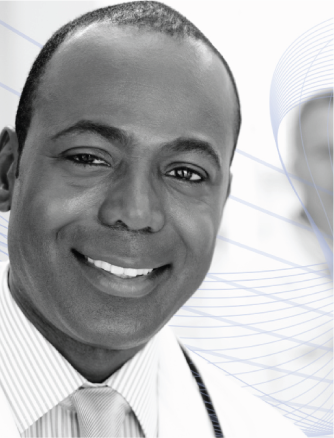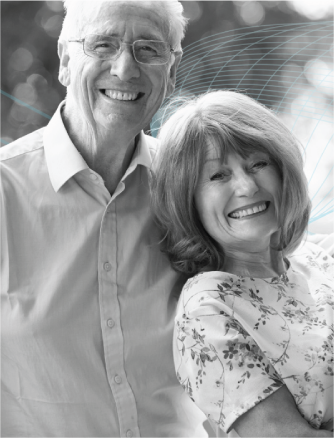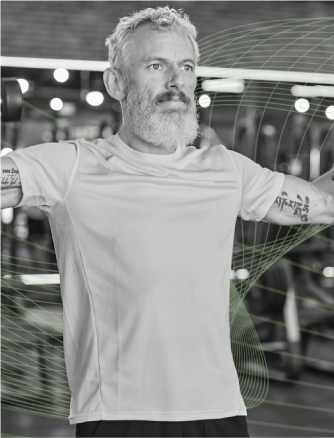The Digital Divide
The main factor behind the digital divide is digital literacy. Technologies today are not designed with low-income individuals as target users. To help overcome the digital divide, technology should achieve three things: it should become affordable for the individual, the cost should incentivize hospitals to adopt it for use as a preventative measure, and it should be clinically relevant and interoperable with a care facility’s current workflow. Waqaas affirms, “Technologies must incorporate a meaningful feedback loop that provides accurate data to both patient and practitioner,” and they “must be easily assimilated into the high-functioning care delivery infrastructure so that monitoring can be remote, saving both patient and doctor time and money.” The technology should also be designed with usability in mind.
Case in Point: Global to Local (G2L)
Non-profit Global to Local (G2L) is a Washington State-based organization committed to providing programs that improve individual and community health outcomes in underserved communities in Washington. Its Mobile Health Project equipped 49 diabetic participants with smartphones, which were pre-loaded with a glucose monitoring app. Once a week, the participants could track their progress with a case worker fluent in their native language. The intervention was successful; leading to a reduction of diabetes-related death by 21 percent as well as a 40 percent reduction in eye, kidney, and nerve disease. Waqaas explains “Leveraging technology to improve patient health outcomes depends on whether technology can build a bridge for communications between patient, doctor, and community.” To achieve optimal health outcomes for patients, technology needs to include social incentives and accountability, as well as understand the context into which the technology is being deployed.
Read the entire article here. Waqaas’ article is available on Health News Digest. Health News Digest features current and breaking news on health, science and technology, medicine, and the environment.






